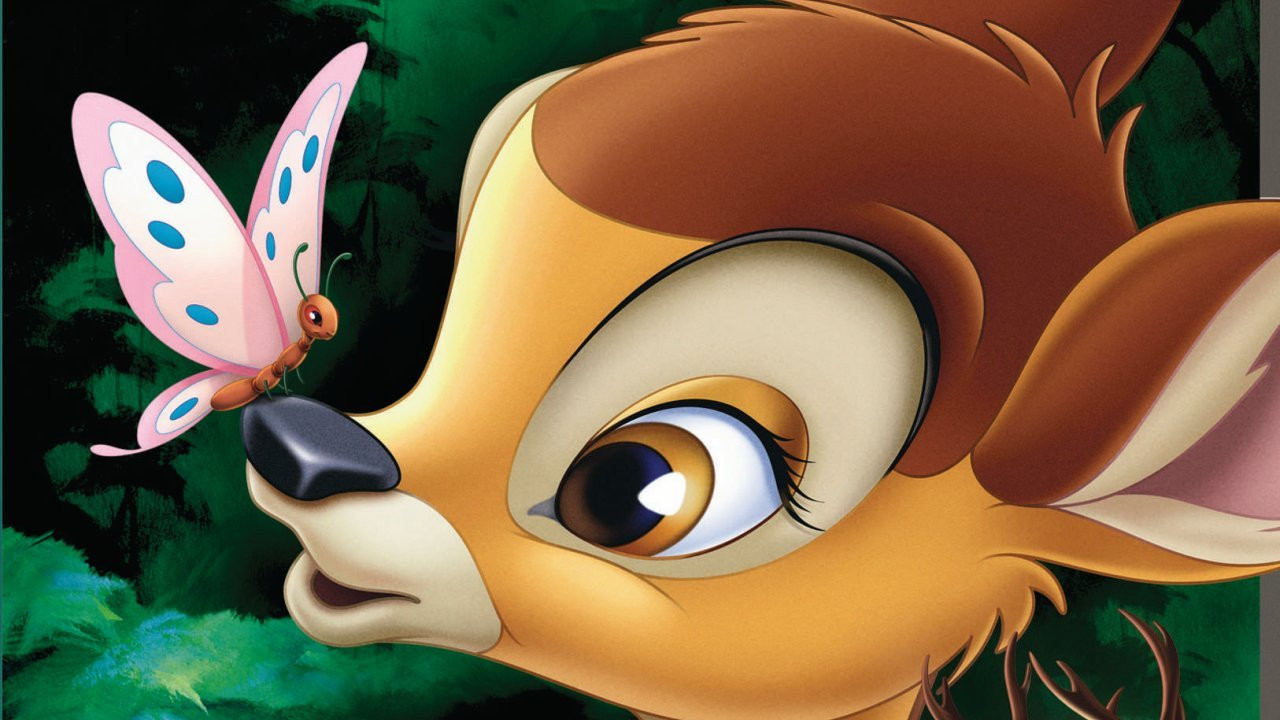The "Bambi face" is a fascinating concept that has captured the attention of many, transcending mere aesthetics to embody innocence, beauty, and a touch of whimsy. This term is often used to describe a specific facial structure characterized by large, expressive eyes, a small nose, and soft, rounded features that evoke the beloved character from the classic animated film, Bambi. As we delve deeper into the essence of the Bambi face, we uncover not just its physical attributes but also the emotions and cultural significance it carries in various contexts.
The allure of the Bambi face is not limited to the world of animation; it has permeated fashion, beauty standards, and even social media trends. Many influencers and celebrities have embraced this aesthetic, often showcasing their features that align with the Bambi face description. This phenomenon raises questions about the impact of popular culture on beauty ideals and how such standards evolve over time.
In this article, we will explore the origins of the Bambi face, its representation in contemporary culture, and why it continues to resonate with individuals across the globe. From discussing its biological underpinnings to its presence in art and media, we aim to provide a comprehensive understanding of this captivating facial archetype.
What Does the Bambi Face Look Like?
The Bambi face is characterized by several distinctive features that contribute to its unique charm. Key attributes include:
- Large, doe-like eyes that convey innocence and vulnerability.
- A small, delicate nose that adds to the overall softness of the face.
- Full, plush lips that often appear slightly parted, enhancing the youthful appearance.
- Soft, rounded cheekbones that provide a gentle contour to the face.
Where Did the Term "Bambi Face" Originate?
The term "Bambi face" takes its name from the iconic Disney character Bambi, a young deer known for his big eyes and innocent expression. The character was introduced in the film released in 1942, and since then, the term has been used to describe similar facial features found in both humans and animals. The appeal of the Bambi face can be traced back to evolutionary psychology, where certain traits are associated with nurturing and care.
Why is the Bambi Face Considered Attractive?
Psychologically, the Bambi face is appealing because it aligns with traits that evoke feelings of protection and affection. These features often remind individuals of childhood innocence and purity, making them inherently attractive. Additionally, the Bambi face has become a trend in beauty and fashion, as many individuals aspire to attain this youthful look through makeup, cosmetic procedures, or even Instagram filters.
Who are Some Celebrities with a Bambi Face?
Numerous celebrities embody the Bambi face aesthetic, often becoming role models for beauty enthusiasts. Here are a few notable examples:
- Emma Watson
- Anne Hathaway
- Kristen Stewart
- Lily Collins
What is the Impact of Social Media on the Bambi Face Trend?
Social media platforms like Instagram and TikTok have played a significant role in popularizing the Bambi face aesthetic. Influencers and beauty gurus often showcase their transformations using makeup techniques that emphasize large eyes and soft features. This trend has led to a surge in demand for products designed to enhance these attributes, such as eyelash extensions, lip fillers, and contouring kits.
How Does the Bambi Face Influence Fashion and Beauty Standards?
The Bambi face has influenced fashion and beauty standards, encouraging brands to create products that cater to this aesthetic. Makeup looks featuring doe-eyed beauty have become increasingly popular, with tutorials focusing on achieving that innocent, wide-eyed appearance. Furthermore, fashion designers often incorporate styles that complement the Bambi face, favoring soft fabrics and delicate cuts that enhance femininity.
What Cultural Significance Does the Bambi Face Hold?
The Bambi face has cultural significance beyond beauty trends. It represents a longing for innocence in a fast-paced world, often serving as a reminder of simpler times. In various cultures, features associated with the Bambi face symbolize purity and virtue, making them desirable in social contexts.
Can the Bambi Face Be Achieved Through Makeup?
Yes, achieving the Bambi face look through makeup is possible. Here are some tips to create that enchanting effect:
- Use a light foundation to create a flawless base.
- Highlight the cheekbones for a soft glow.
- Apply eyeliner to accentuate the eyes; consider using false lashes for added volume.
- Opt for a natural lip color to maintain the youthful appearance.
Is the Bambi Face Here to Stay?
As beauty standards continue to evolve, the Bambi face remains a beloved aesthetic. Its combination of innocence and allure resonates with many, ensuring its place in the beauty landscape for the foreseeable future. Whether through makeup, fashion, or cultural representation, the Bambi face will likely continue to inspire and captivate audiences worldwide.
| Personal Details | Bio Data |
|---|---|
| Name | [Celebrity Name] |
| Birth Date | [Date] |
| Profession | [Profession] |
| Nationality | [Nationality] |
| Notable Works | [Works] |


